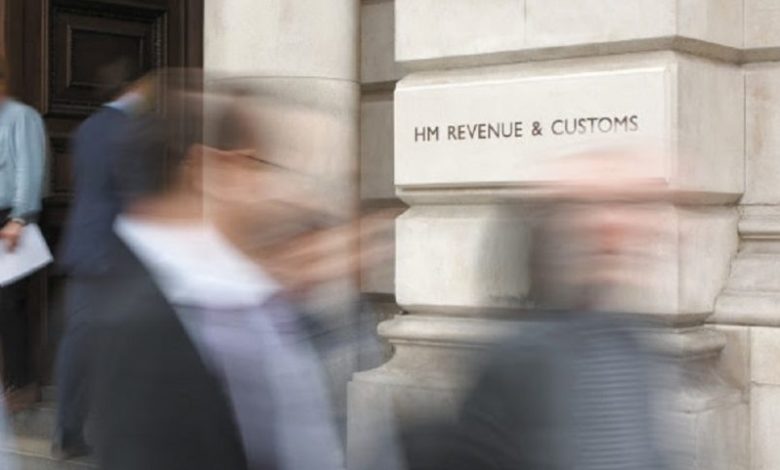
The tax gap for 2017/2018 is 5.6%, HM Revenue and Customs (HMRC) confirmed today.
This means that HMRC collected 94.4% of all the tax due under the law in 2017/2018. Overall, the tax gap has fallen from 7.2% since 2005/2006.
The tax gap is the difference between the amount of tax that should, in theory, be paid to the department, and what is actually paid.
Jesse Norman MP, financial secretary to the Treasury, said: “The UK’s low tax gap underlines both how the vast majority of people are paying the correct amount of tax, and how effective HM Revenue and Customs has been in its efforts to clamp down on tax evasion and avoidance.”
The Measuring Tax Gaps report also found that in 2017/18, 94.4% of all tax due was paid and the duty-only excise tax gap has reduced from 8.4 % in 2005/06 to 5.1% in 2017-18.
Furthermore, the corporation tax gap has reduced from 12.5% in 2005/06 to 8.1% in 2017-18.
However, the figures show that the majority of customers are still finding it hard to get taxes right, with avoidable mistakes costing the exchequer over £9.9bn a year.
Some £3bn of this is attributable to VAT alone, which underlines the importance of the action HMRC has been taking with Making Tax Digital. Making Tax Digital was launched in April for VAT-registered businesses, with a turnover above the VAT threshold, requiring them to keep digital records and submit their VAT return using compatible software. So far, over 400,000 businesses have joined the service.
HMRC expects this service to reduce tax lost due to avoidable errors by ensuring businesses make fewer mistakes, due to the improved accuracy that digital records provide and the fact that information is sent directly from those records to the department, helping to eliminate transposition errors.
The department said it had secured and protected more than £200bn in extra tax since 2010 that would otherwise have gone unpaid as a result of its actions to tackle tax evasion, tax avoidance, and non-compliance.









